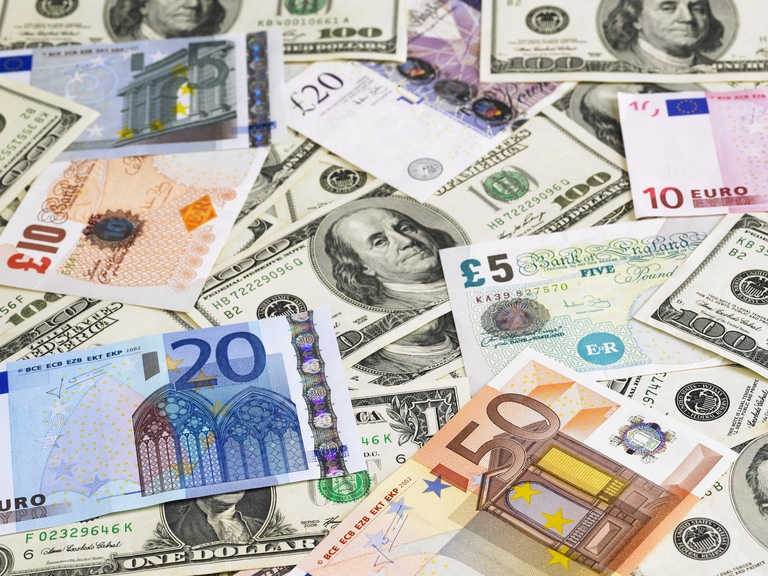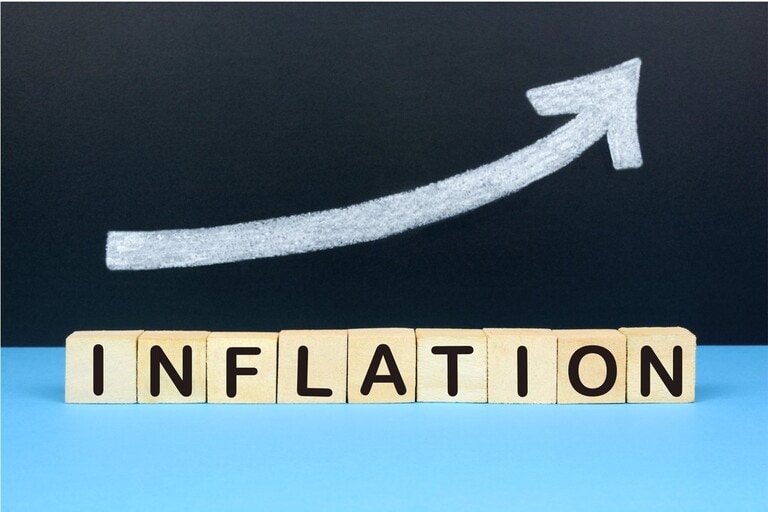European markets fell for the fourth day in succession yesterday, driven lower on worries that central banks will look through concerns over a slowdown in economic activity and prioritise the battle against inflation.
These concerns have been magnified in recent days with last week’s hawkish Fed meeting, followed by the bigger than expected 50bps rate hikes from the Bank of England and Norges Bank yesterday, as investors started to worry that creating a possible recession was likely to become a necessary side-effect in their willingness to push inflation back down to their 2% targets.
Certainly, the sticky nature of core inflation is causing a great deal of anxiety not only on the part of central bankers, but also on the part of those who are due to come off fixed rate mortgages in the next 12 months. The hope is that this period of high rates could soon give way to a softening later in the year, however the big rise in core inflation suggests that we may have to endure them for quite a bit longer.
On the plus side the lowering of the energy price cap next month is already seeing energy companies writing to customers and lowering their monthly direct debits with gas prices now back at 2021 levels. This should start to see headline inflation continue to decline into the end of the year.
While concerns over a possible recession are increasing, a lot of the economic data so far this year has proved to be reasonably resilient, which makes the timing of yesterday’s decision to be more aggressive by the Bank of England a little bit after the fact.
For an economy that is wrestling with food price inflation of close to 20% the resilience seen in the UK consumer has been surprising so far this year, with clothing retailer Next surprising the market earlier this week when it upgraded its full year profits forecasts on better-than-expected trading activity.
Consumer confidence has improved as petrol prices have come down and certainly helped with some of that, however we also can’t ignore the recent increase in interest rate costs that are likely to act as a drag in H2 of this year.
In April we saw retail sales excluding fuel rise by 0.8%, partially reversing a sharp -1.4% decline in March, which in turn reversed a 1.4% gain in February.
The gain in April was even more surprising given the rise in tax rates, including council tax and other utility bills that kicked in at the start of the fiscal year.
For May estimates are for retail sales to fall by a modest -0.2%, even with recent updates from a few UK retailers pointing to continued resilience when it comes to spending patterns.
We also have the latest flash PMI numbers for June which are likely to continue to exhibit one of the more notable trends we’ve seen in recent months, which has been an ongoing divergence between services sector activity and manufacturing activity.
This trend has also started to manifest itself in China which is seeing its manufacturing sector start to struggle.
In France manufacturing activity remained steady at 45.7, while Germany slipped back to 43.2 from 44.5. Both of these are expected to remain close to current levels.
Services continue to remain resilient but even here activity is cooling off a touch, with France slipping to 52.5 from 54.6, while Germany improved to 57.2 from 56. Again, these are expected to come in slightly weaker at 52.1 and 56.3.
In the UK the picture appears to be more upbeat, although even here manufacturing is struggling, coming at 47.1 in May, while services also slowed to 55.2 from 55.9. UK manufacturing is expected to soften to 46.8 and services to 54.8.
Lower fuel costs may offer some support here; however, most service providers are struggling with higher costs, which by and large they are having to pass on.
EUR/USD – pushed briefly back above the 1.1000 level yesterday before slipping back, with the main resistance at the April highs at 1.1095. This remains the next target while above the 50-day SMA at 1.0870/80 which should act as support. Below 1.0850 signals a move towards 1.0780.
GBP/USD – spiked up to 1.2850 yesterday before slipping back, however it remained above the lows this week at the 1 2680/90 area. Still on course for a move towards the 1.3000 area, while above the 50-day SMA currently at 1.2510, but needs to clear 1.2850.
EUR/GBP – failed between the 0.8630/40 area before slipping back. The main support is at least weeks low at the 0.8515/20 area. A move through 0.8640 could see a move towards 0.8680. While below the 0.8630 area the bias remains for a return to the recent lows.
USD/JPY – has finally cracked the 142.50 area, which is 61.8% retracement of the 151.95/127.20 down move, as it looks to close in on the 145.00 area. Support now comes in at 140.20/30.






